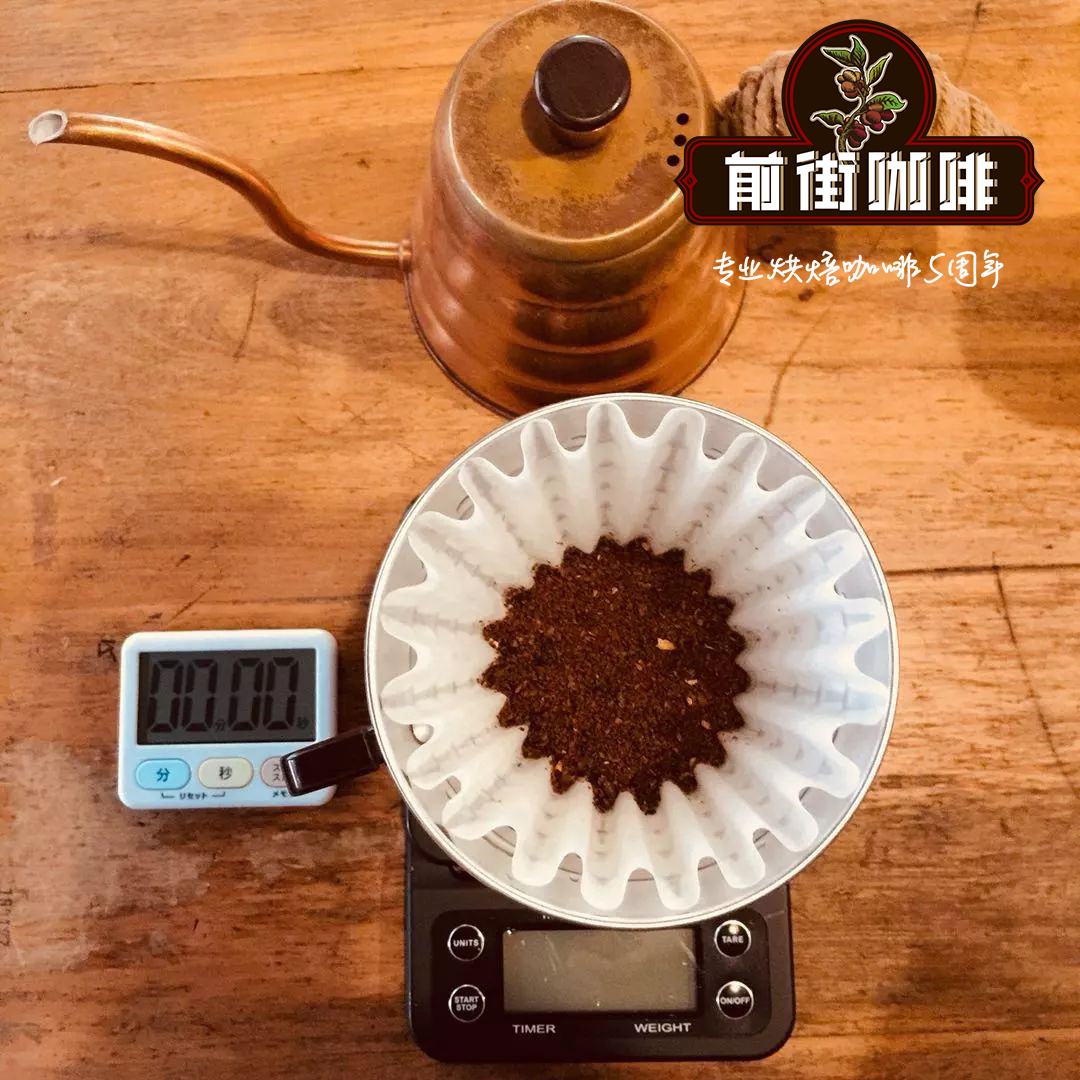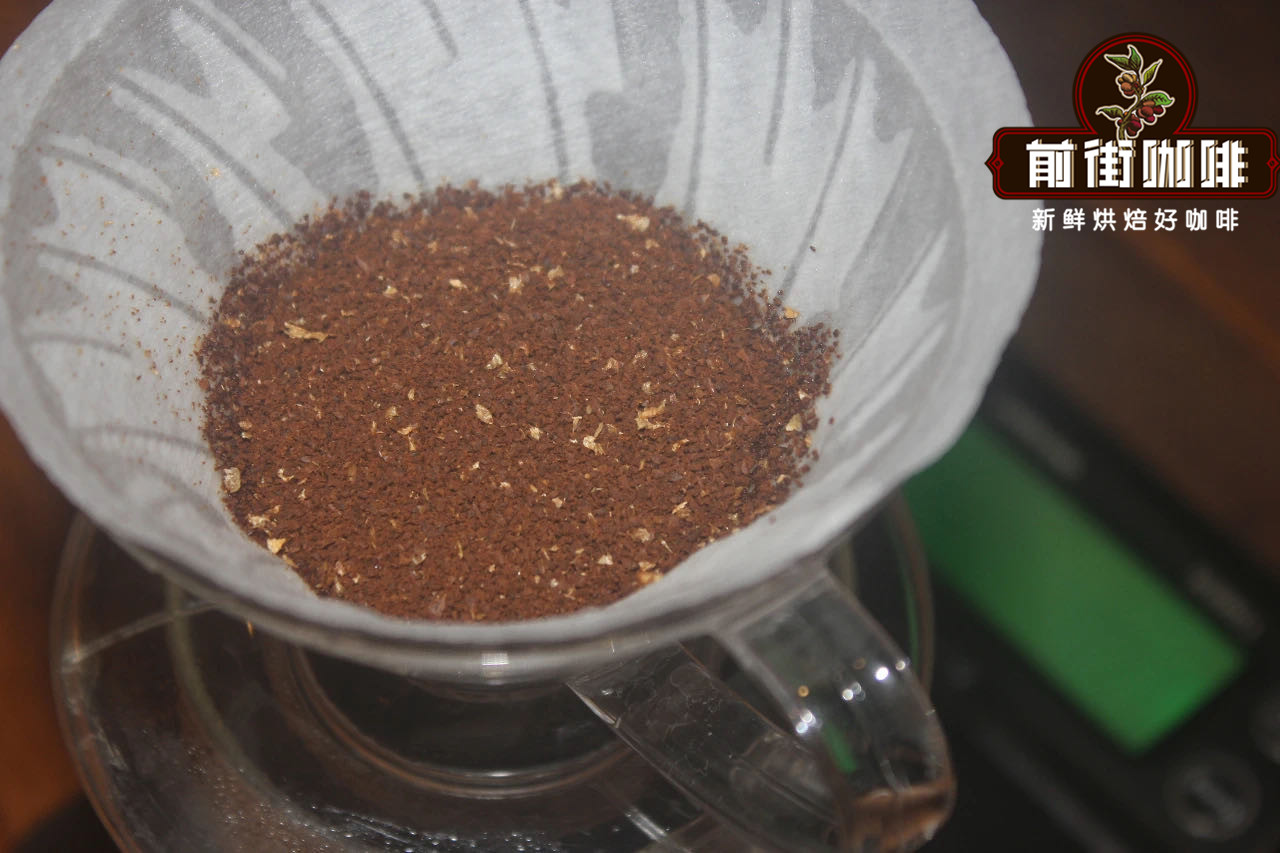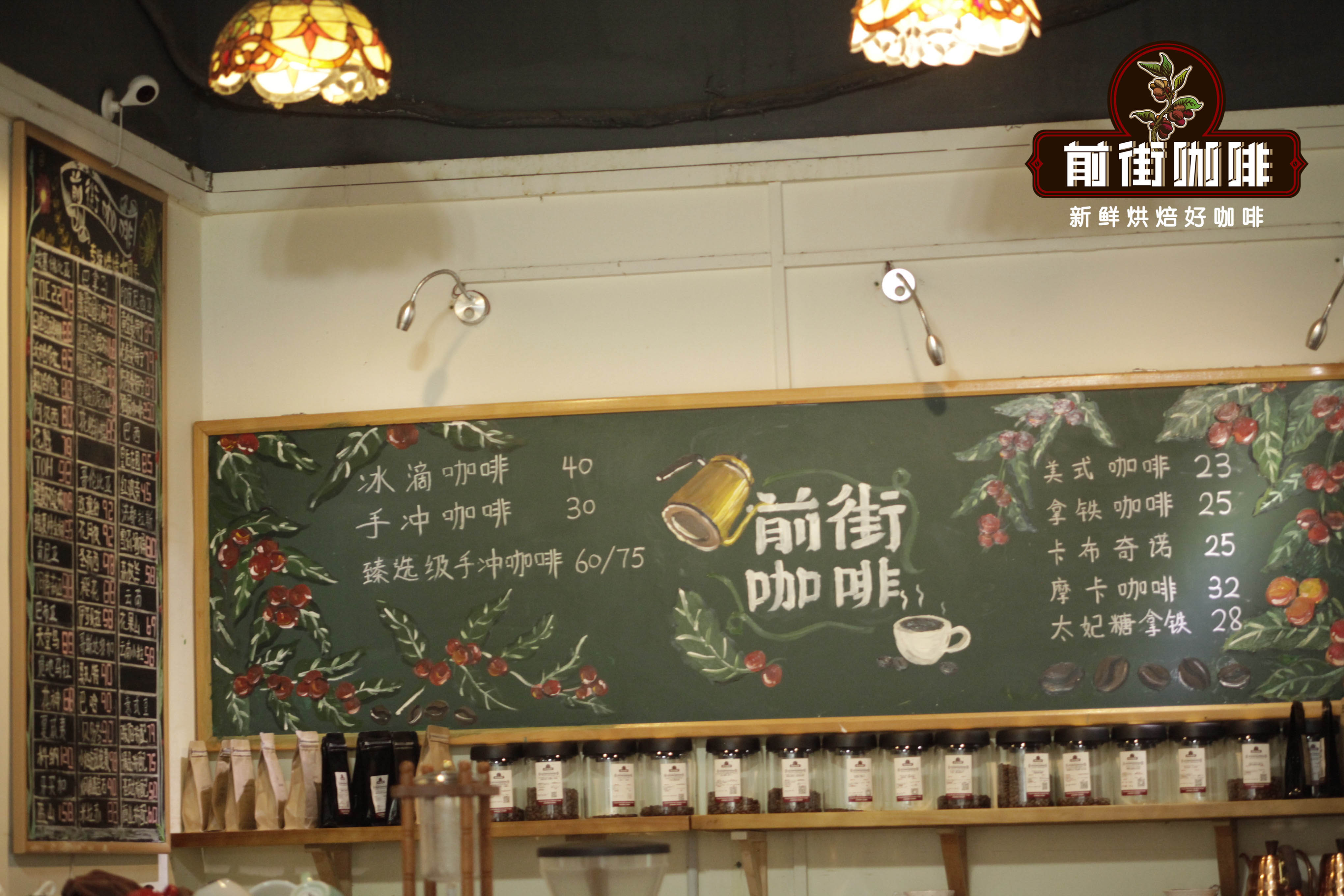What is the thickness of hand-made coffee powder? what is the difference in the taste of black coffee and American coffee?

Professional coffee knowledge exchange more coffee bean information please follow the coffee workshop (Wechat official account cafe_style)
1. Temperature
Extraction efficiency: like other brewing equipment, temperature affects the extraction efficiency of coffee. Bitterness belongs to the flavor of the later stage. If the coffee is too bitter and scorched, you can try to lower the temperature. On the other hand, astringency belongs to the former flavor, and if you rush out and feel that there are still many flavors left in the coffee grounds, you can consider raising the temperature.
Powder layer development: in the case of fresh beans, another noteworthy place is the development of powder layer. In terms of temperature variables, the higher the temperature, the faster the coffee powder expands and develops when the water is washed onto the coffee powder. When the powder layer is not easy to expand, the increase of water temperature can be considered to assist the development of the powder layer.
two。 The thickness of hand-punched powder
Extraction efficiency: the same thickness of hand-made powder also affects the extraction rate, the extraction rate of powder is larger than that of fine powder, and the extraction rate of coarse powder is lower. Hand flushing belongs to constantly adding water and constantly filtering, not as good as syphon immersion. Therefore, the thickness of the powder is much more important to the flow rate and the development of the powder layer.
Powder layer development: usually for fresh coffee beans, the coarse and fine powder layer ground near Taiwan Sugar No.2 Sugar will expand better (of course, this will change depending on the baking degree). Then the thicker the grinding, because the water quickly develops slowly through the powder layer, and the finer the grinding, because the water is not easy to get stuck on the powder and develops slowly. Therefore, rough grinding and water column flushing speed can be slowed down to adjust the flow rate, while relatively fine grinding can dig a hole in the powder layer and increase the water column flushing speed to improve water penetration.
3. The ratio of coffee to water
Concentration: generally speaking, if you want to increase the concentration of coffee and increase the amount of coffee powder, of course, it is a way to pay attention to the infiltration after the water is washed down. As the amount of powder increases, the powder layer in the filter cup also thickens. It is recommended to circle more water in the middle to facilitate the coffee powder in the middle to receive enough water.
Quantity: according to my cooking habit, use 24g coffee powder to make 360--400c.c. Two cups of coffee, for the concentration of light coffee, that is not to make 300c.c. Then use 20g powder, 480c.c. How about 30g powder? The answer is not that the concentration of hand flushing is related to the flow rate and the time for the water to stay in the coffee powder. As the flushing time increases when flushing more cups, the longer the water stays in the powder layer, the better the extraction efficiency. The less the amount of ground powder, the shorter the brewing time will be caused by the same flow rate of boiling water column. Therefore, brewing more cups can reduce the amount of powder and increase the water column; boiling less cups can increase the amount of powder and reduce the water column.
4. Baking degree
Shallow baking: shallow baked beans usually do not bubble well when they are exposed to hot water, and the texture of shallow baked beans is more dense and easy to sink during cooking, resulting in a sparse surface. Similarly, this will affect the flow rate, so it is generally recommended that the shallow baked beans use a high temperature of more than 90 ℃ and a smaller water column, while steaming for a longer time, so that it is easier to rush out the flavor to reduce the acerbity and acidity of shallow baking.
Deep baking: the texture of deep-baked beans is much looser, the water absorption is good, the powder layer is easy to expand by the water, and the coffee powder is easy to float on the surface, but the scorched bitter taste is relatively heavy, so it is generally recommended that the shallow baked beans use a water temperature below 85 ℃ and a larger water column, so it is easier to rush out a rich and mellow flavor.
Therefore, the recommendations of baking degree and temperature are as follows:
Shallow heat baking (below City): the temperature is about 88 murmur93 degrees, boil in water, pour into a copper pot and brew; can brew a fragrant flavor.
Medium baking to medium heat slightly deep (City): the temperature is about 83 murmur88 degrees, pour into a copper pot and let it brew for one minute to produce a rich and moderate flavor.
Deep baking (above Full City): the temperature is about 80Mel 85 degrees, pour into a copper pot and let it brew for two minutes to produce a rich and mellow flavor.
5. Freshness
Freshness in addition to the change in the flavor of the coffee itself, there is a significant difference in the foaming of coffee powder caused by hot water expansion. The freshly baked beans bubbled better, while those baked at room temperature for more than two weeks bubbled less well. In the case of bad bubbles, you can consider using a smaller water column to increase the time for the water to stay in the powder so that the flavor can be flushed out. But it is not recommended to drink stale beans.
The tasting period of fresh coffee is less than one month.
Judging the control of hand impulse by baking degree
Shallow baking
Medium baking
Deep baking
Below City
City, City+
Full City, above semantic type
Temperature
88While 93 ℃
83Mutual 88 ℃
80 Murray 85 ℃
Grinding thickness
Fine
Medium
Coarse
Steaming time
Lengthen
The highest point of steamed buns
Shorten
Water injection quantity
Reduce
Keep a right angle of 90 degrees
Enlarge
Important Notice :
前街咖啡 FrontStreet Coffee has moved to new addredd:
FrontStreet Coffee Address: 315,Donghua East Road,GuangZhou
Tel:020 38364473
- Prev

Standard scale of hand-made coffee powder how to determine the grindability of hand-made coffee beans
Professional coffee knowledge exchange more coffee bean information please follow the coffee workshop (Wechat official account cafe_style). The extraction efficiency of hand-punching powder: the same thickness of hand-grinding powder also affects the extraction rate, the extraction rate of powder is higher than that of fine powder, and the coarse powder leads to the extraction rate.
- Next

The relationship between the thickness of hand-made powder and extraction time what is the number of mesh of hand-made coffee powder sieve?
Professional coffee knowledge exchange more coffee bean information please follow the coffee workshop (Wechat official account cafe_style) hand-brewed coffee that is black coffee brewed with filter cup and filter paper attached to it, the common filter cup brands are kono,hario,kalita, and Taiwan's smart cups are also good. Of course, like more control over the taste of coffee, it is necessary to know the thickness of hand powder to coffee.
Related
- What is the Philharmonic pressure? How to use Philharmonic pressure to make delicious coffee
- Why does a hand grinder have more fine powder than an electric grinder?
- In addition to the hot mom, what is the difference between the versions of EK43 | ditting and Mahdi ek43?
- What kind of equipment do you need to make coffee by hand? Introduction to novice starter cooking equipment tools
- Espresso needs to be ground how thick and thin scale entry Italian Coffee Machine Bean Grinder investigation and Grinding course
- How much does it cost to open a small private cafe? How much does it cost to learn coffee? How to operate it?
- The difference between the flavor characteristics of hand-brewed coffee and coffee maker is hand-brewed coffee really better than coffee maker? Can I use a coffee machine to make coffee beans by hand?
- The difference between 01 and 02 of hario v60 filter cup what is the difference between 01 and 02 filter cup opening and cooking flavor
- What's the difference between the smart cup and the French kettle? Which is better, the French kettle or the Smart Cup?
- What's the difference between a smart cup and a V60 filter cup? The difference between the taste of smart cup and hand-brewed coffee

